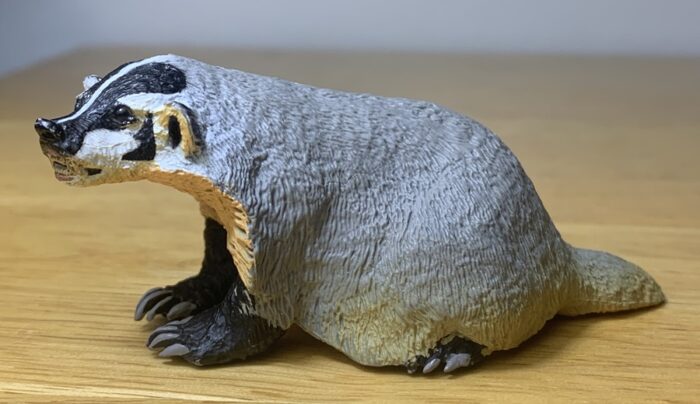The American badger (Taxidea taxus) is said to be North America’s only species of badger, but the truth is that badgers are a polyphyletic group, united not by a single common ancestor but by appearance. In the case of the American badger, it is the only member of its sub-family, Taxidiinae.
Brand: Safari Ltd.
Marbled Salamander (Tennessee Aquarium Salamander Collection by Safari Ltd.)

The next figure to discuss from the Safari Tennessee Aquarium is the marbled salamander, Ambystoma opacum, item number 210372. This is pretty much the smallest figure in the series, which is fitting as the marbled salamander is relatively small for it’s genus. Unlike the last few salamander figures we’ve looked at, this species is a member of the Ambystomatidae, the mole and giant salamanders; Ambystoma is the mole salamanders.
Red Salamander (Tennessee Aquarium Salamander Collection by Safari Ltd.)
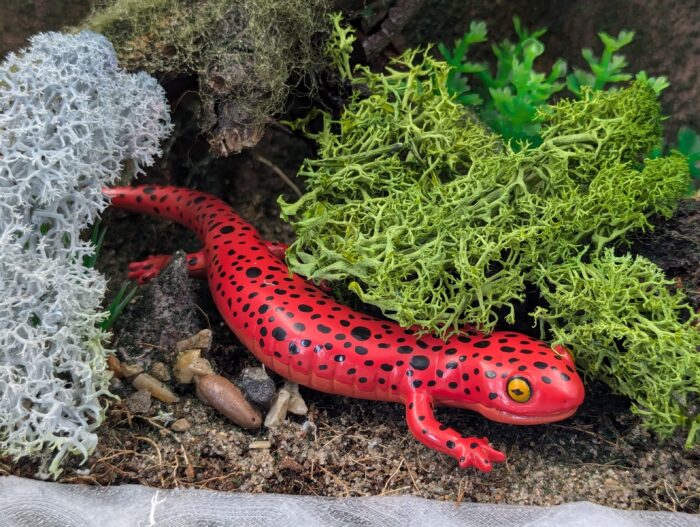
The next figure to look at from Safari’s Tennessee Aquarium Salamander collection is the red salamander, Pseudotriton ruber, series number 210272. It represents a species that is fairly widespread in the United States east of the Mississippi river, from New York state south to Louisiana, Alabama and Georgia.
Bobcat (Wild Safari North American Wildlife by Safari Ltd.)
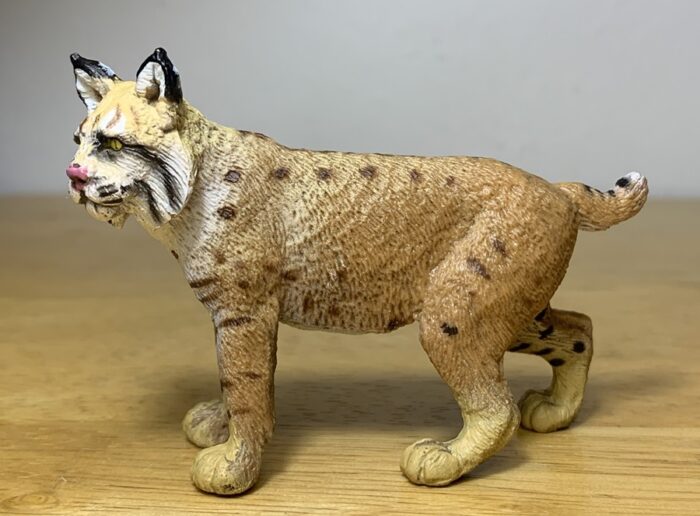
The bobcat or red lynx (Lynx rufus) is North America’s most abundant and wide-ranging species of wild cat. It can be found from southern Canada through most of the United States and into Mexico. Although heavily persecuted it has been able to maintain its range and a generally high population.
Green Salamander (Tennessee Aquarium Salamander Collection by Safari Ltd.)
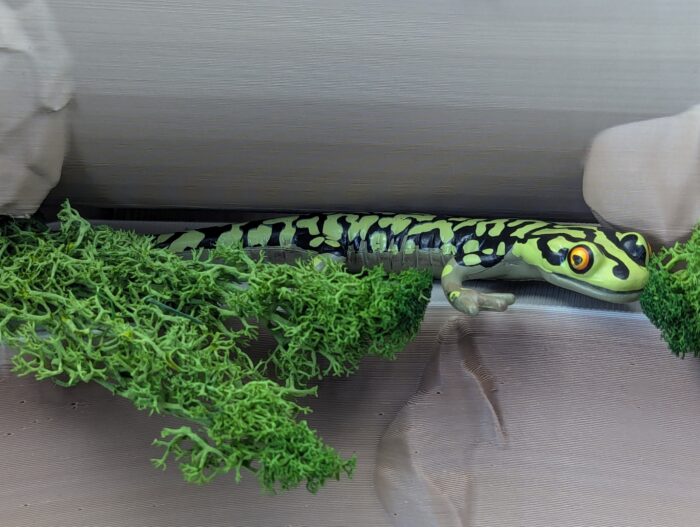
Now for a review of another of the Tennessee Aquarium salamander models from Safari, this time the green salamander Aneides aeneus, product number 210172 in the line. Green salamanders are notable for a few features, not least of which is their distinctive green colour; this species is the only salamander in North America with green colouration.
Silky Shark (Wild Safari Sealife by Safari Ltd.)

The silky shark (Carcharhinus falciformis) is a species of requiem shark found in tropical and subtropical seas around the world. They inhabit the epipelagic zone near continental shelves and deepwater reefs where they feed on bony fishes, cephalopods, and the occasional crustacean. They are known to be active and inquisitive and are considered potentially dangerous to humans but given their preferred habitat, encounters are rare.
Sawfish (Monterey Bay Aquarium Collection by Safari Ltd.)
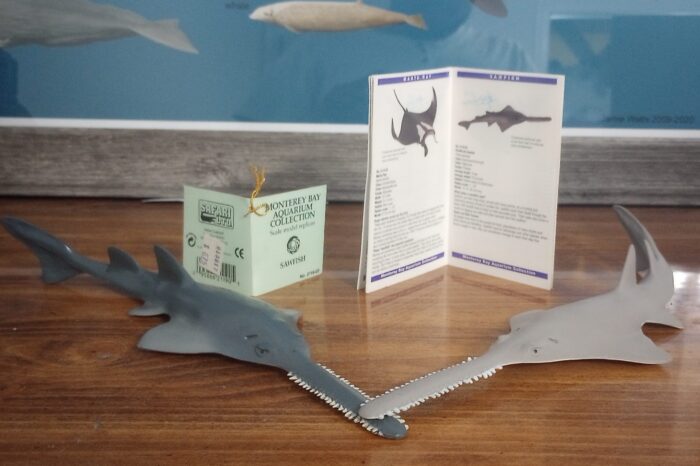
Not to be conflated with sawsharks, sawfish are a family of rays belonging to the Pristidae family. This family is distinguished by an elongated rostrum. This “saw” is equipped with specialized external “teeth” and sensory structures to aid in electroreception and prey capture. Sawfish share ancestral affinities with the guitarfish. Currently, five species across two genera are recognized.
Mountain Lion, 2023 (Wild Safari North American Wildlife by Safari Ltd.)
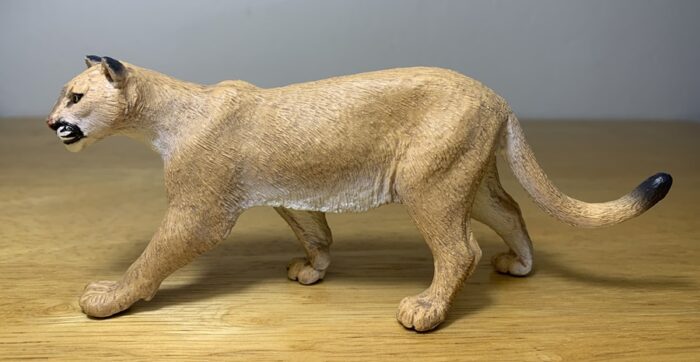
Mountain lion, puma, cougar, panther, catamount. These are all names for the same animal, Puma concolor. But that’s not all of them. In total this cat has about 40 common names in the English language alone, with some more obscure ones including painter, wildcat, Mexican lion, deer lion, and ghost cat.
Fire Salamander (Tennessee Aquarium Salamander Collection by Safari Ltd.)
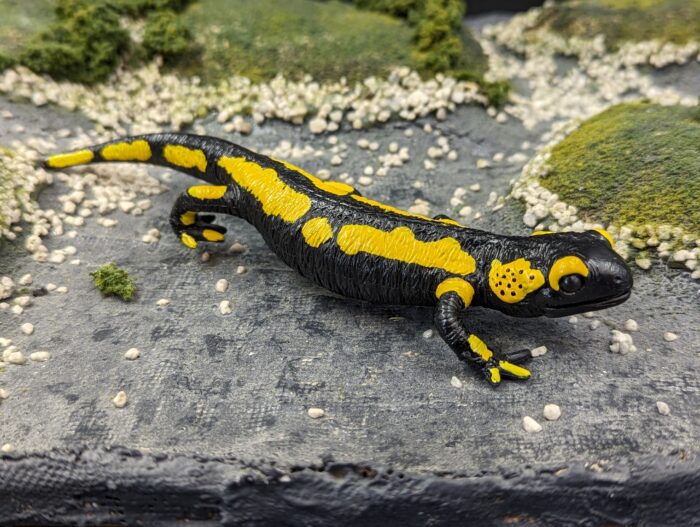
After so many fish, it was time to take on a group of animals that I’m less familiar with…from a set that is either a holy grail for collectors (if they missed it), or a treasured part of the collection (if they didn’t miss it!) It’s a series of salamanders and newts produced by Safari Ltd in association with the Tennessee Aquarium.
Weedy Seadragon (Incredible Creatures by Safari Ltd.)
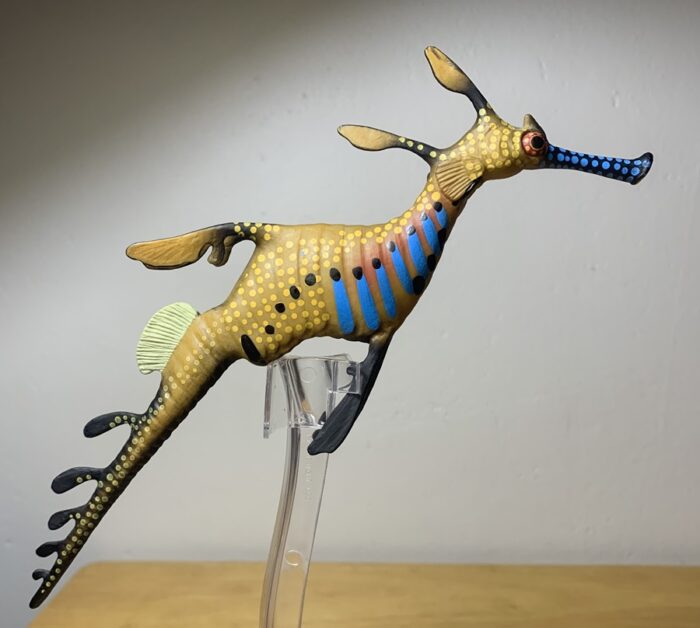
The fishes of the order Syngnathiformes (pipefishes, seahorses, and trumpetfishes) are some of the most visually bizarre and strangely adapted fishes on our planet and yet most of them look downright conventional when compared to those members of the family that look more like plants than fish. In what is certainly a textbook case of mimicry, the weedy and leafy seadragons have evolved to look like the kelp and seaweed fronds they live amongst.
Matschie’s Tree-kangaroo (Wild Safari Wildlife by Safari Ltd.)

Tree-kangaroos of the genus Dendrolagus are unique and fascinating animals in that they’re the only macropods adapted for an arboreal lifestyle. Indeed, while they move about awkwardly on land, they are quite agile in the trees. They possess a number of adaptations for living this lifestyle including broad hindfeet, long claws, dexterous hands, patches of rough skin on the hands and feet for gripping, and tails that are proportionally longer than those of their terrestrial counterparts, which allows for greater balance.
Wombat (Wild Safari Wildlife by Safari Ltd.)
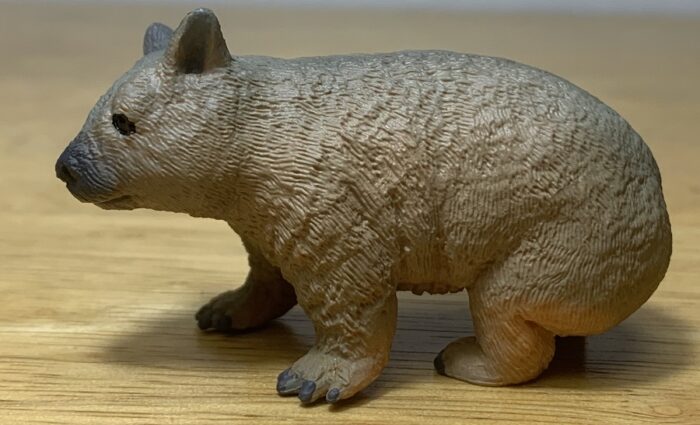
Wombats are a group of strong and stout marsupials from Australia that belong to the Vombatidae family. In many respects they are convergent with ground squirrels and other burrowing rodents found elsewhere in the world, living in extensive burrows that they excavate themselves and feeding on grasses, plant roots, and other low growing vegetation.

